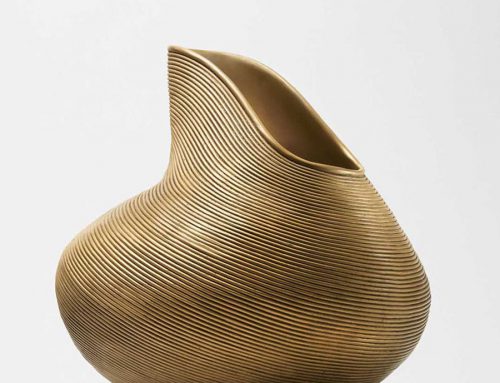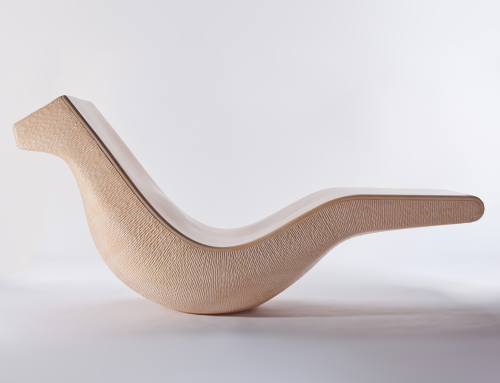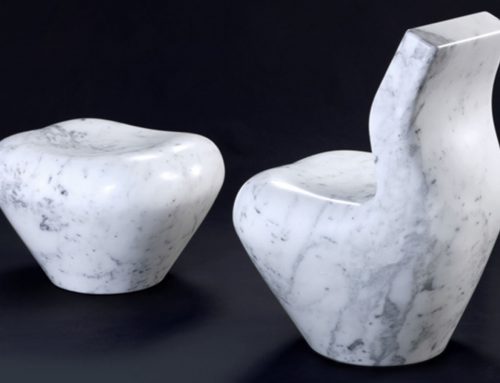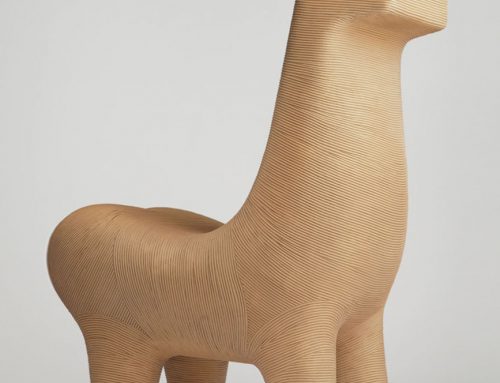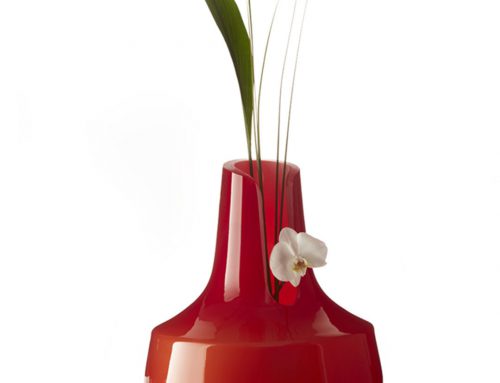CAYO Cloud
2023, Extra clear glass with glazed art work, aluminum and steel
Closed 140 L x 90 W x 75 H cm / Open 222 L x 90 W x 75 H cm
When object of utility becomes objects of art without compromising any of its functionality is what Cayo Cloud is about. This highly crafted technological object made in extra transparent bent glass is ceremonial and utilitarian at the same time.
The cloud art work that is glazed on the entire glass plane of the piece, with its fractal geometry creates a feeling of being random yet it has a natural structure beneath it giving it a sort of poetic rhythm from its continuity and shadows.
Satyendra’s creations, which root themselves in specific contexts while also moving fluidly among them. Whether expanding cultural and interpretive possibilities, or discarding its disciplinary boundaries, he approaches the each creation with an equanimity that draws no hierarchical dictions between hand-crafted tradition and high-tech, ceremonial and utilitarian.
The Cayo Clouds technical challenges are not insubstantial, but it is the co-existence of its two seemingly distinct making processes, sculpted from industrial water jet cut and bent glass and the state-of-the-art ink jet printing of the age old ceramic glazes on glass planes creates the expression that makes the point. The fractal geometry that is underneath the cloud art work that is glazed on the all glass planes of the piece, creates a feeling of being random yet it has a natural structure beneath it giving it a some sort of natural rhythm. This sensorial quality such as transparency, colour and immediacy of extra clear glass generates a refreshingly contemporary atmosphere around the piece.
I recalled Hannah Arendt mentioning a table in The Human Condition (1958), “The table brings everything and everybody together in a spirit of gratitude. It creates possibilities and inspires whilst remaining itself, as it were, invisible.” Satyendra adds, “An invisible table that is elegant and magical – literally unseen – is what I wanted to create.’
Satyendra stands out especially for his ability to navigate multiple identities – creator as a ‘Cultural Nomad’. To look within his body of work, and at his work in the broader landscape, is to see an argument for creation as a more pluralistic enterprise.
Available at Rademakers Gallery


